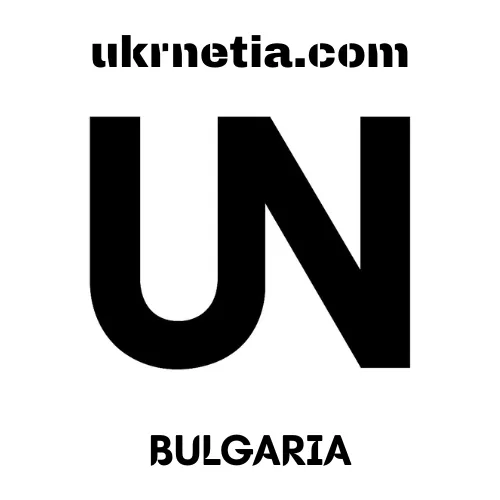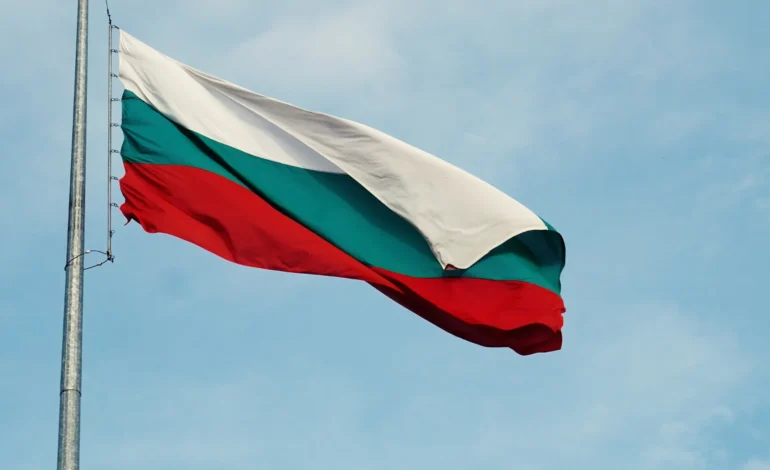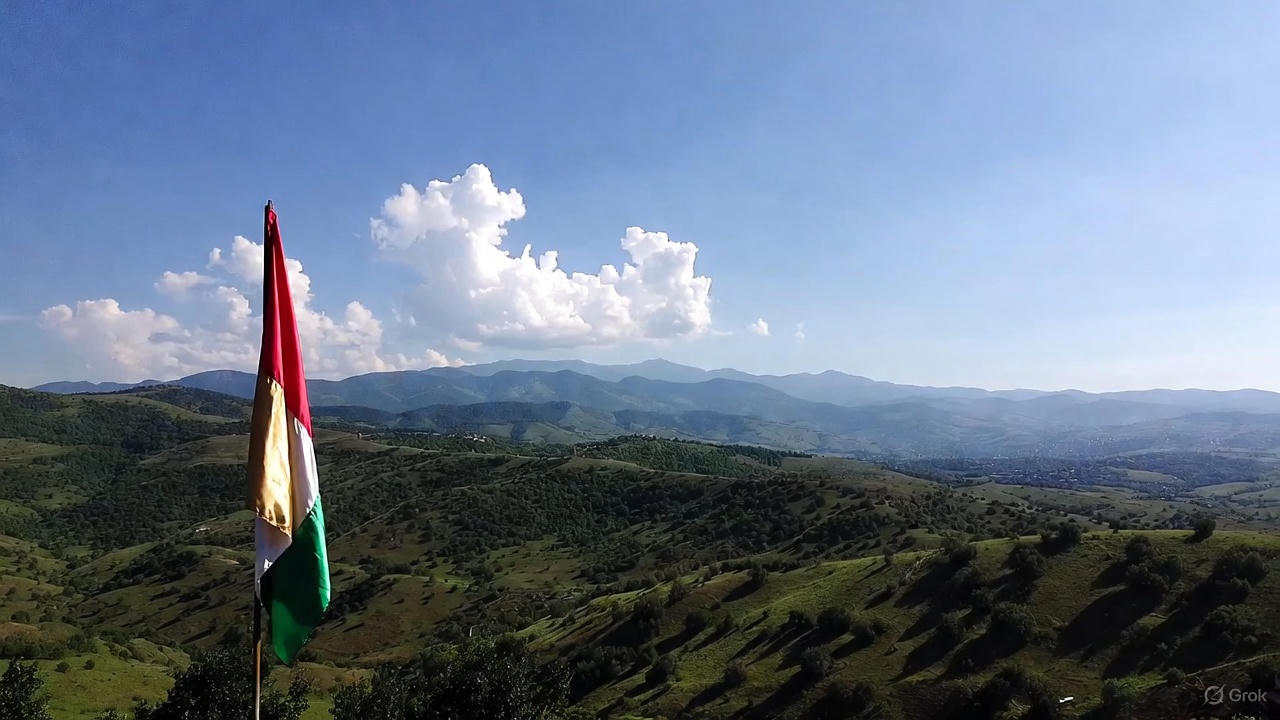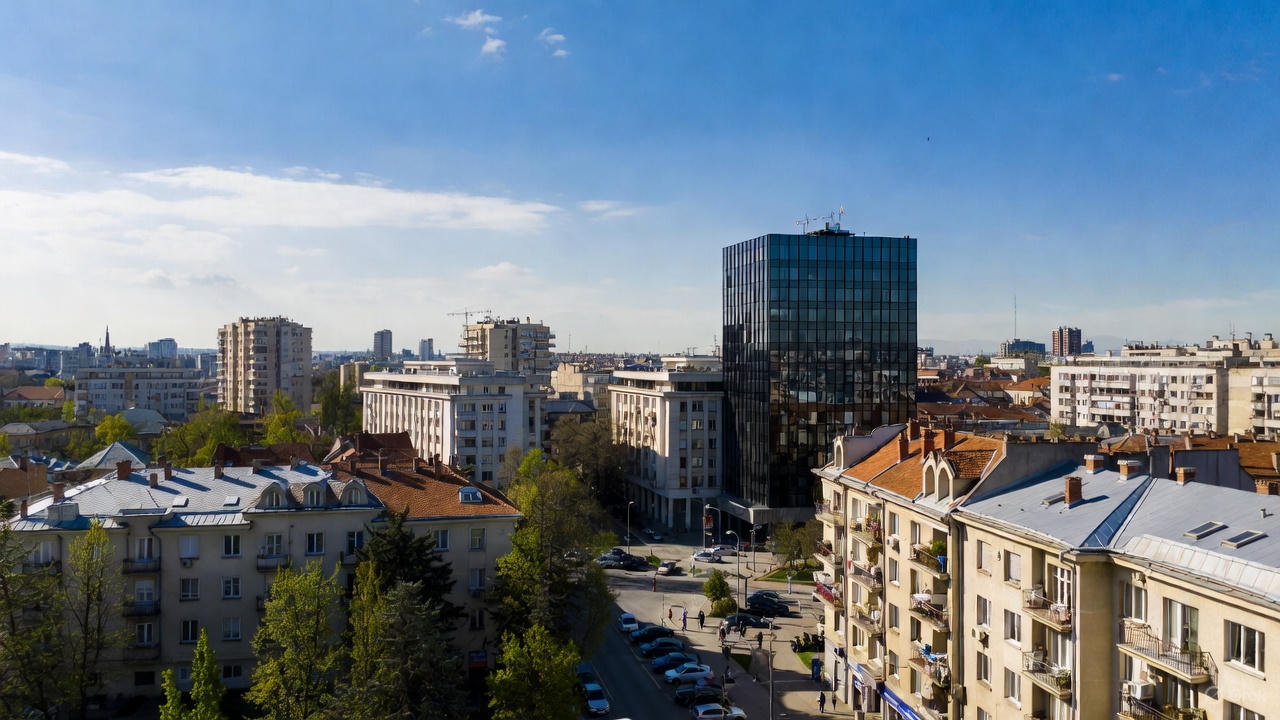The Role of the Eurozone: What Bulgaria’s Path to the Euro Means for Its Economy
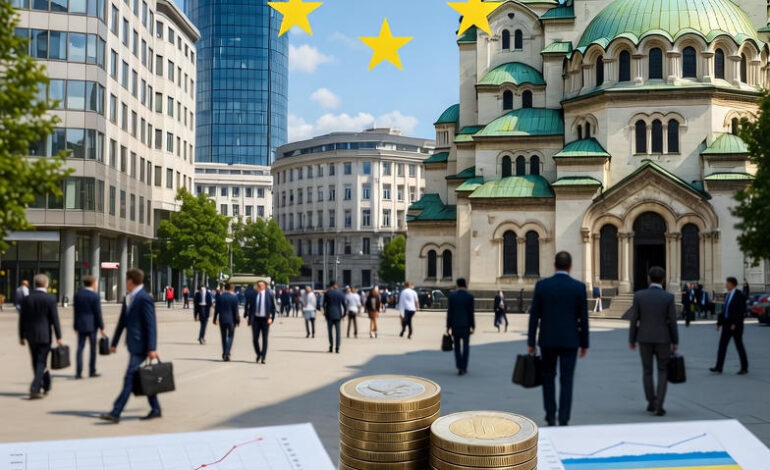
On 10 July 2020, Bulgaria stepped into the European Exchange Rate Mechanism II (ERM II), the mandatory two-year waiting room for euro adoption. Four years later, with the European Central Bank’s 2024 Convergence Report giving Sofia a clean bill of health, the country is on the cusp of becoming the eurozone’s 21st member on 1 January 2025. The lev will disappear from wallets, and Bulgaria will trade its 1997 currency board for full monetary union. This is not a cosmetic change. For an economy that has used the euro as a de facto anchor for nearly three decades, the shift is the difference between renting stability and owning it. This article examines what eurozone membership means for growth, investment, trade, and everyday life in Bulgaria.
The Currency Board: Stability Without Sovereignty
Since 1 July 1997, every lev in circulation has been backed 100 % by foreign-currency reserves, first the Deutsche Mark, then the euro at a fixed rate of 1.95583 leva per euro. The Bulgarian National Bank (BNB) cannot print money, set interest rates, or act as lender of last resort in the classical sense. The arrangement was born of desperation—hyperinflation of 1,082 % in 1997 had erased savings and emptied shops—but it delivered textbook results. Inflation fell to single digits within months; by 1998 it was 1 %. GDP growth resumed in 1998 and averaged 4.2 % annually from 2000 to 2008.
The board’s rigidity forced fiscal discipline: budget deficits above 3 % of GDP became politically toxic, and public debt dropped from 74 % of GDP in 1999 to 17 % on EU accession in 2007. Foreign investors loved the predictability. FDI stock rose from $2.1 billion in 1997 to €51.6 billion by 2023. Yet the arrangement was always a halfway house. Bulgarian banks paid eurozone interbank rates plus a small country-risk premium; companies hedged currency exposure even though the peg never wavered. Joining the eurozone removes that last layer of friction.
Macroeconomic Convergence: Already There, Now Official
The Maastricht criteria—price stability, sound public finances, exchange-rate stability, and convergence of long-term interest rates—read like a report card Bulgaria has been cramming for since 2007. The 2024 ECB assessment is unambiguous:
- Inflation: HICP average of 2.3 % in the year to April 2024 (criterion ≤ 3.3 %).
- Public finances: Deficit 1.9 % of GDP in 2023; debt 22.9 % (criteria ≤ 3 % and ≤ 60 %).
- ERM II participation: Four years without devaluation or tension.
- Long-term interest rates: 3.9 % (criterion ≤ 5.3 %).
Bulgaria is not merely compliant; it outperforms half the current eurozone. Greece runs deficits above 3 %, Italy’s debt exceeds 140 % of GDP, and French bond yields flirt with 3.5 %. Sofia’s fiscal space is the envy of the bloc.
Trade and Investment: From Peg to Passport
Seventy percent of Bulgarian exports and 65 % of imports are already denominated in euro. Manufacturers in Plovdiv and Ruse invoice Volkswagen and BMW in euro, then convert lev receipts at the fixed rate. Euro adoption eliminates even this mechanical step. The Bulgarian Chamber of Commerce estimates transaction-cost savings of €120 million annually for the export sector alone.
For investors, the signal is louder. The country-risk premium on Bulgarian sovereign bonds—currently 0.4 percentage points over German bunds—should compress toward zero. Corporate borrowing costs will fall in lockstep. A mid-sized manufacturer in Stara Zagora currently pays 4.2 % on a five-year euro loan; post-euro, analysts at UniCredit Bulbank forecast 3.2–3.5 %. Spread over €3 billion in annual corporate debt issuance, that is €21–27 million in yearly interest savings.
Foreign direct investment should accelerate. The American Chamber of Commerce in Bulgaria surveyed members in June 2024: 68 % said euro adoption would trigger new or expanded projects within 24 months. Sensata Technologies, which already employs 4,500 in Botevgrad, cited “seamless supply-chain financing” as a reason to route an additional €40 million through Sofia rather than Warsaw.
Banking Union: Safety Net and Stress Test
Bulgarian banks are profitable, liquid, and overwhelmingly euro-denominated on the asset side. The sector’s capital adequacy ratio stood at 22.8 % at end-2023, well above the 12 % eurozone average. Yet they have operated outside the Single Supervisory Mechanism (SSM). Euro adoption brings them under ECB supervision and, crucially, into the Single Resolution Mechanism.
For depositors, the European Deposit Insurance Scheme (EDIS) remains incomplete, but the resolution fund backstop removes the specter of 2014’s Corporate Commercial Bank collapse, when €2 billion vanished overnight. For banks, direct access to ECB liquidity facilities replaces the BNB’s limited toolkit. Stress tests in 2025 will be tougher, but the sector’s 8 % non-performing loan ratio—down from 15 % in 2016—suggests resilience.
Prices, Wages, and the Cost of Living
Eurozone entry triggers a one-time price shock as merchants round up. Historical precedent is instructive: Slovenia saw a 0.3 percentage-point inflation bump in 2007; Croatia recorded 0.2 points in 2023. The BNB’s dual-price display mandate (lev and euro side-by-side for 12 months) and anti-gouging task force aim to keep the effect below 0.4 points.
Wages are another story. Average gross monthly pay reached €1,050 in Q1 2024. In euro terms, that is €537—still the lowest in the EU but rising 10 % annually in nominal terms since 2019. Euro adoption accelerates wage convergence by making Bulgarian salaries directly comparable to eurozone peers. IT firms in Sofia already pay junior developers €2,000 net; post-euro, pressure on manufacturing and services will intensify. The Confederation of Independent Trade Unions forecasts 7–8 % nominal wage growth in 2025, partly psychological, partly real.
Regional Dynamics: Balkans and Black Sea
Euro adoption ripples beyond borders. Romania, still outside ERM II, faces renewed pressure to accelerate convergence. North Macedonia and Albania, both EU candidates, see Bulgaria as a template. For Turkey—Bulgaria’s second-largest non-EU trade partner after Russia until 2022—the euro strengthens Sofia’s role as a stable transshipment hub. The Burgas–Alexandroupolis oil pipeline may be dead, but LNG terminals in Greece and revamped rail to Istanbul position Bulgaria as the EU’s southeastern energy gateway.
Risks and Safeguards
No transition is costless. Loss of the exchange-rate buffer means Bulgaria must adjust to eurozone shocks via wages and fiscal policy—internal devaluation, in technocrat speak. The 2009 recession saw unemployment spike to 10 % under the currency board; a similar asymmetric shock inside the eurozone would demand faster labor-market flexibility. The government’s €1.2 billion labor-mobility package—vocational training, housing subsidies, remote-work tax breaks—aims to soften the blow.
Political risk is low but not zero. The 2021–2023 carousel of seven governments in two years spooked markets. The current GERB–PP-DB coalition has held since March 2024, and euro adoption is a rare point of cross-party consensus. The BNB’s €40 billion in reserves—more than 50 % of GDP—provide a war chest no previous accession country enjoyed.
The Bigger Picture: From Periphery to Platform
Eurozone membership is not an end but an upgrade. Bulgaria enters with the lowest debt, second-lowest deficit, and one of the highest reserve covers in the bloc. It exits the currency-board straitjacket with a seat at the ECB Governing Council table—albeit a small one. For the first time since 1879, when the lev was born, Bulgaria’s monetary policy will be set in Frankfurt, not Sofia. Yet the trade-off is asymmetric: the country sacrifices a tool it never effectively used for the credibility it has spent a generation earning.
By 2030, the National Recovery and Resilience Plan will have absorbed €12 billion in EU grants and loans, half earmarked for green and digital transitions. Eurozone membership ensures those funds are spent in an environment of rock-bottom borrowing costs and zero currency risk. The result: a Bulgaria that is no longer Europe’s poorest member but its most improved one—converging at 3 percentage points annually toward the EU average, according to European Commission forecasts.
When the clock strikes midnight on 31 December 2024, ATMs will dispense €20 notes, and shop tills will ring in round sums. The lev will join the Austro-Hungarian krone and the Greek drachma in monetary history. For Bulgaria, the euro is less a new currency than the final ratification of a transformation begun in the ashes of 1997. Stability, once imported, is now indigenous.
